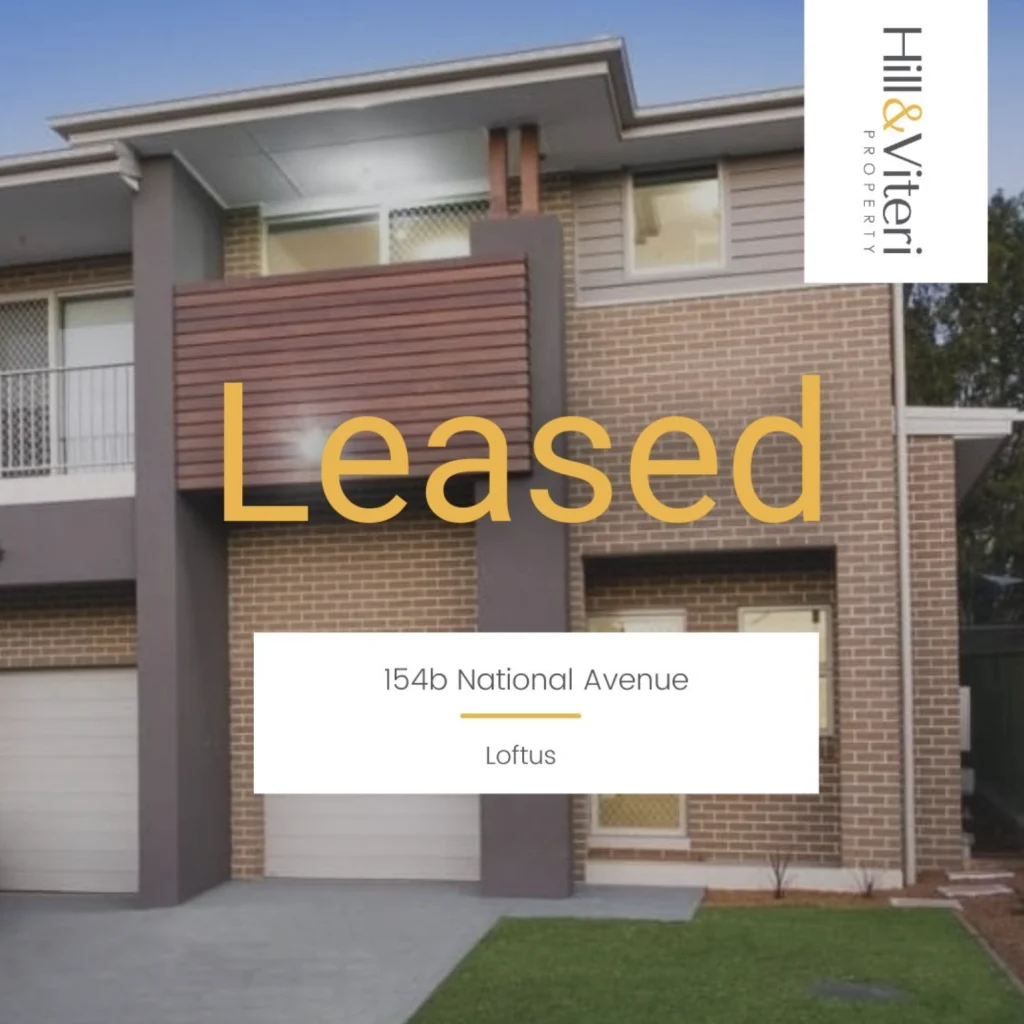The Ripple Effect of Australia’s Rental Crisis on the Property Market

Most Australians dream of owning their own home, which brings lots of benefits like stability and long-term financial security. But lately, there’s been a lot of talk about how hard it is to buy a house and find a place to rent that won’t break the bank.
Did you know that in 2021, there were almost 10 million households in Australia? And out of all those households, about two-thirds (that’s over 6 million!) were lucky enough to own their own place. Another third of households (that’s almost 3 million) were renting, either from private landlords or the government. And a small percentage were in other types of housing situations.
Australia’s rental crisis has been making headlines for quite some time now. In September 2022, the national rental vacancy rate, which is the percentage of rental properties without tenants, reached a historic low of 0.9%. This is the lowest rate since April 2006, when it briefly dropped to 0.8%. The rental market has sustained this incredibly low vacancy rate for most of 2022, which is unprecedented in the last two decades.
With demand for rental properties on the rise and rental prices skyrocketing, many Australians are finding it increasingly difficult to secure affordable housing. But what is the effect of this crisis on the property market as a whole? Let’s take a look at the ways in which Australia’s rental crisis is impacting the broader property market and what this means for buyers, sellers and investors alike.
The Increased Demand for Rental Properties
According to the most recent information from SQM Research, the percentage of empty rental homes across the country slightly went up to 1.1% in March 2023, with a total of 32,814 residential properties being vacant all over Australia. Although the vacancy rates for Sydney and Melbourne stayed the same at 1.3% and 1.1%, the number of empty rentals increased in Brisbane, Perth and Hobart.
Why is it so hard to find a place to rent these days, you ask? Basically, there are way more people who need rental properties than there are properties available, especially in the most popular areas. It’s like trying to squeeze too many people into a tiny elevator — there’s just not enough space!
To make matters worse, there’s also a shortage of new houses being built to keep up with the growing population. Even though there was a big increase in the number of single-person households between 2016 and 2021, there are only around 198,000 new dwellings being built each year, which is not enough to keep up with demand.
And if you thought that was bad, wait until you hear this: the number of new dwellings being built has actually decreased in recent years. In the year to June 2022, there were almost 20% less new dwellings completed compared to before the pandemic. Supply chain issues and worker shortages are partly to blame for the slowdown in construction.
Plus, lots of people are moving from big cities to regional areas, which is great for the country’s lifestyle, but not so great for rental availability. In fact, regional areas gained over 180,000 people who moved from a capital city between 2016 and 2021.
Impact on Renters and Homeowners
All the factors above are putting huge pressure on the rental market, and that’s why prices are going up. When there are more people looking for homes than there are properties for lease, landlords can charge more money because they know someone will pay for it. It’s like a bidding war for the last slice of pizza at a party. Whoever wants it the most will pay more for it.
This puts renters in a challenging position, as finding an affordable place to live can be difficult. They may have to compromise on location, size or quality of the property, which can impact their overall wellbeing and financial stability.
The latest rental report by PropTrack revealed that the combined rents of median weekly rentals have shot up by a whopping 4.3% over the September quarter last year! That’s the fastest pace of growth in the records so far. The year-on-year rental prices have also surged by 10.3%, the strongest growth seen in seven years.
As the COVID restrictions have eased up, it also looks like people are flocking towards city locations as rental prices in capital city houses increased by 4% over the quarter and unit rents rose by 2.2%. But in regional areas, house rents went up by 2.2%, and unit rents remained unchanged.
But it’s not just renters who are affected by rising rental prices. Property values can also be impacted, as rental prices are often used as a measure of the overall health of the property market. High rental prices can indicate a strong demand for housing, which can drive up property prices.
This can be good news for homeowners and property buyers who are looking to sell or invest in property. However, it may also make it more difficult for first-time buyers or those on a tight budget to get onto the property ladder.
Impact on Property Investors
The current rental crisis is also having a big impact on property investors. On the one hand, landlords are seeing a surge in demand for rental properties, which means they can charge more rent and potentially earn higher returns. The high rental yields that can be achieved in this market can make investment properties very attractive to those looking for steady cash flow. But on the other hand, it’s also putting a lot of pressure on investors to find suitable properties that are affordable and in high-demand areas.
In areas with high rental demand, such as the major cities, finding tenants can be relatively easy. However, there are also challenges that property investors may face in these areas. With so many people looking for properties, investors may have to compete to attract tenants and may need to offer more incentives, such as lower rent or longer lease terms, to stand out from the crowd.
Despite these challenges, some property investors see the current market conditions as a window of opportunity, particularly those with a long-term focus. While property prices may not be cheap at the moment, looking back in three years’ time, the price paid for a property today may seem like a bargain. By recognising the current problem of the lack of rental accommodation and providing solutions, property investors can potentially benefit from increased rental yields and long-term capital growth.
Find Your Dream Home Today With Hill & Viteri Property
It’s clear that Australia’s rental crisis is causing quite a stir in the property market. Renters are struggling to find affordable housing due to the surge in rental prices, while property investors may face challenges in finding tenants in high-rent areas. However, with a long-term focus, property investors may benefit from the current market conditions, as rental yields may increase. This could make investment properties more attractive to buyers and potentially lead to higher sale prices for sellers.
At Hill & Viteri Property, we understand the difficulties that both renters and property investors are facing in this market. As a reputable real estate agency, we have the knowledge and expertise to provide our clients with expert advice and solutions to help them navigate through this tough time. Whether you’re a renter in search of a new home or a property investor looking for opportunities to grow your portfolio, we’re here to lend a helping hand.
Contact us today to learn more about how we can help you in the current market conditions.
